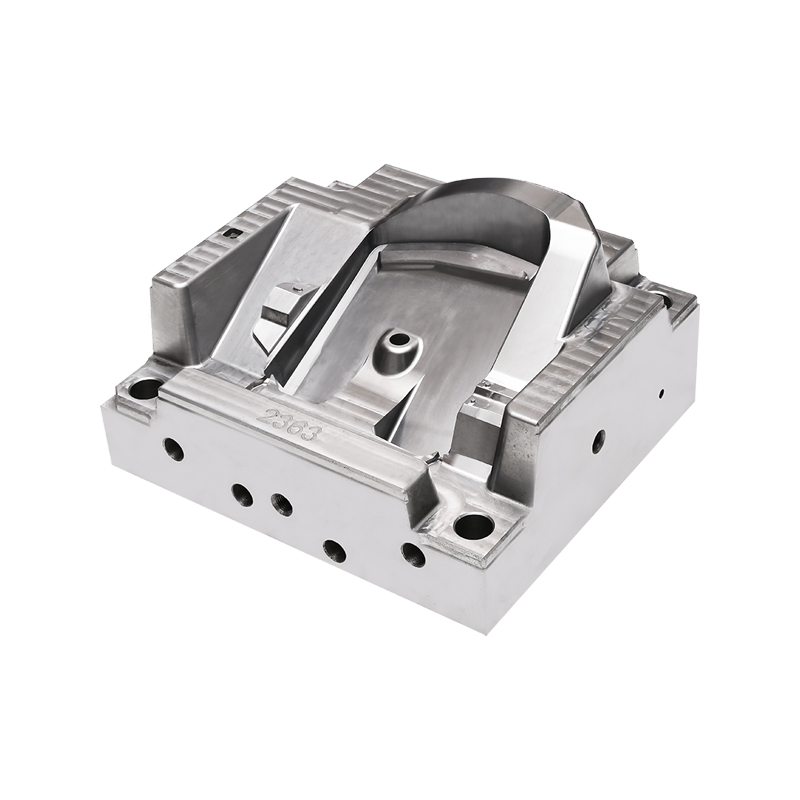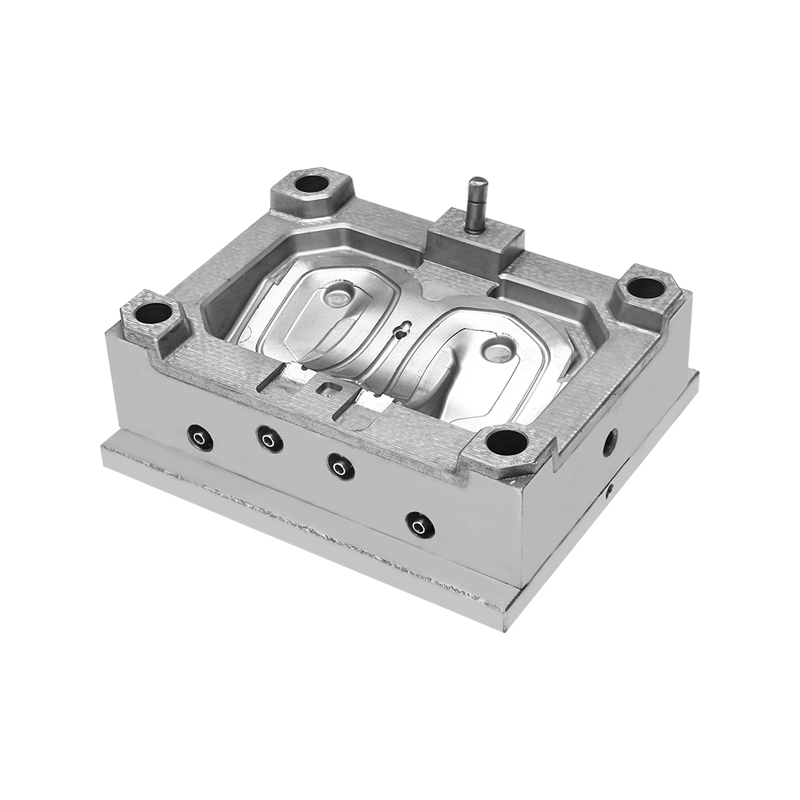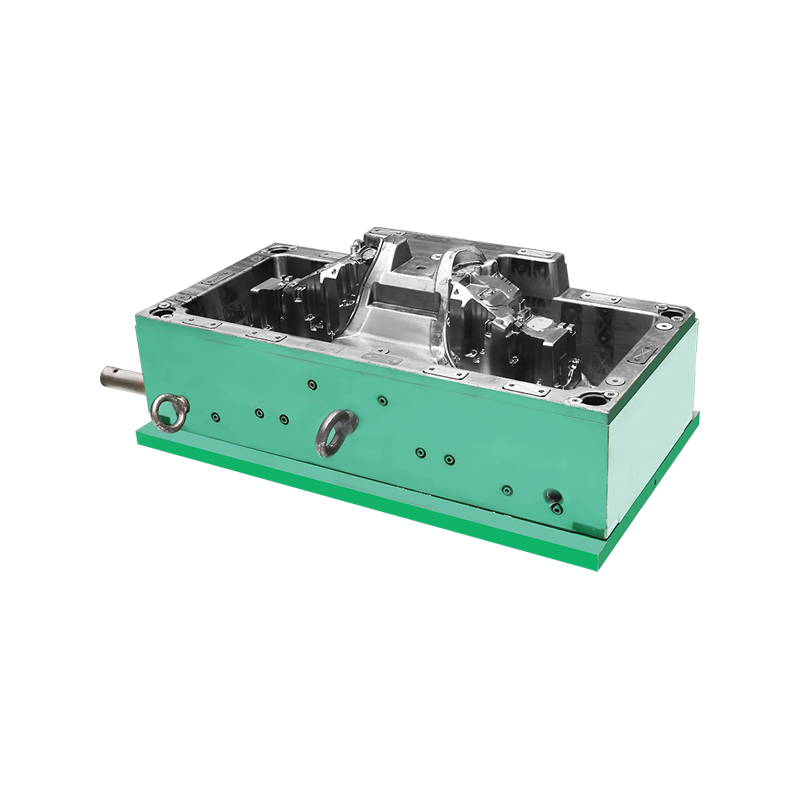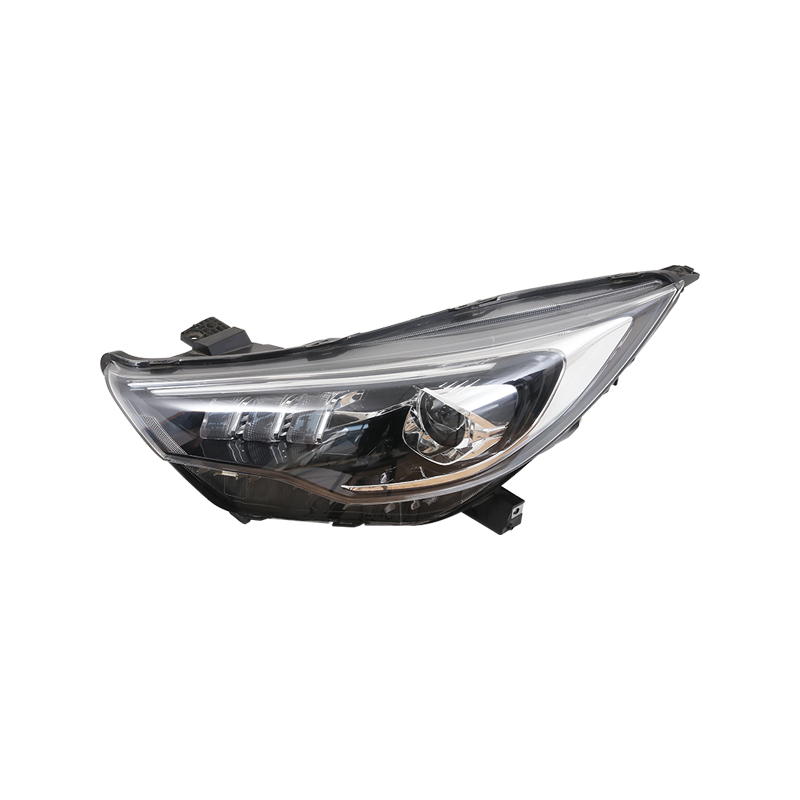Wholesale automotive plastic injection smc compression moulding Company
Automotive plastic injection moulding plays a critical role in producing various parts for vehicles, ranging from interior panels to functional components. These parts must meet stringent standards to ensure safety, durability, and aesthetic appeal. Achieving this requires a comprehensive and detailed approach to quality control throughout the automotive plastic injection moulding process. This article discusses the quality control measures implemented in the production of automotive plastic components, focusing on dimensional accuracy, surface finish, and durability testing, and how these measures ensure part consistency and reliability.
Quality control in automotive plastic injection moulding is essential for producing parts that meet the automotive industry's high standards. Each component must not only fit perfectly with other parts but also withstand various stressors such as heat, pressure, and vibrations over time. Since vehicles are exposed to a wide range of environmental and operational conditions, even minor deviations in quality can bring about part failure, safety risks, or costly recalls.
Therefore, the implementation of stringent quality control measures in automotive plastic injection moulding ensures that every part is manufactured to precise specifications and is reliable in real-world conditions. The following sections will explore key quality control practices in this manufacturing process.
One of the important aspects of quality control in automotive plastic injection moulding is maintaining dimensional accuracy. This refers to ensuring that each part produced is of the correct size and shape, within a narrow tolerance range. Given the precision required in automotive applications, even the slightest deviation in dimensions can bring about assembly issues or functional failures.
To achieve dimensional accuracy in automotive plastic injection moulding, manufacturers rely on advanced mould-making techniques and high-quality materials. Moulds are carefully designed and crafted to exact specifications using CAD (Computer-Aided Design) and CAM (Computer-Aided Manufacturing) technologies. In addition, automated measuring systems are often employed to check the dimensions of parts during the production process.
Regular inspections are also conducted throughout the automotive plastic injection moulding process to ensure that each batch of parts meets the required standards. By maintaining dimensional accuracy, manufacturers can avoid defects that might compromise the assembly process or the performance of the final product.
The surface finish of automotive plastic components is another crucial factor in quality control. A smooth and consistent surface not only enhances the aesthetic appeal of a vehicle's interior or exterior but also plays a role in the functionality of certain components. For example, some parts require a specific texture to reduce glare, provide grip, or enhance durability.
In automotive plastic injection moulding, achieving the desired surface finish is dependent on several factors, including the quality of the mould, the type of plastic used, and the injection parameters such as temperature and pressure. The mould’s surface is often polished or treated to ensure that the finished part has the right texture or gloss level.
To verify surface quality, manufacturers perform visual inspections and use specialized equipment to measure surface roughness. Any defects such as scratches, warping, or uneven textures are identified and addressed promptly, ensuring that only parts with an outstanding surface finish move forward in the production process. Maintaining a consistent surface finish across all parts is critical to upholding the quality standards of automotive plastic injection moulding.
Durability is one of the key performance criteria for automotive plastic components. Parts produced through automotive plastic injection moulding must withstand harsh conditions such as bad temperatures, UV exposure, mechanical stress, and chemical exposure throughout a vehicle’s lifecycle.
To ensure durability, manufacturers conduct various tests on plastic components during and after the automotive plastic injection moulding process. These tests simulate the conditions that the parts will face once installed in vehicles. Some of the more common durability tests include:
Components are exposed to high and low temperatures to ensure that they do not warp, crack, or lose functionality under bad thermal conditions.
Parts are subjected to mechanical vibrations to mimic the forces they will experience during vehicle operation, ensuring that they remain intact and functional over time.
UV and Chemical Exposure Tests: Since automotive parts are often exposed to sunlight and various chemicals, these tests ensure that the plastic does not degrade, discolour, or weaken under such conditions.
By performing these durability tests, manufacturers can confirm that the parts produced through automotive plastic injection moulding will maintain their integrity and performance for years, even under demanding conditions.
Consistency and reliability are key goals in the automotive plastic injection moulding process. To achieve these, manufacturers implement several quality control techniques that help reduce variability and ensure that each part meets the same high standards.
One of the effective ways to ensure consistent quality in automotive plastic injection moulding is through real-time monitoring of the moulding process. Sensors and automated systems track key parameters such as temperature, pressure, injection speed, and cooling times. If any of these factors deviate from the set standards, the system can automatically adjust the process to maintain better conditions.
This level of process control minimizes the risk of producing defective parts and ensures that each part meets the required specifications. It also reduces waste and improves overall efficiency in the automotive plastic injection moulding process.
Statistical process control (SPC) is another tool used in quality control for automotive plastic injection moulding. SPC involves collecting data on the production process and using statistical methods to identify trends, variations, and potential issues. By analyzing this data, manufacturers can detect problems early and take corrective actions before defects occur.
Implementing SPC helps maintain a high level of consistency across all batches of parts, ensuring that every component produced through automotive plastic injection moulding meets the same standards of quality.
Quality control in automotive plastic injection moulding is not a static process; it requires ongoing refinement and improvement. Manufacturers regularly review their processes and implement new technologies or techniques to enhance quality control. Continuous improvement programs, such as Six Sigma or Lean Manufacturing, are often used to streamline the automotive plastic injection moulding process and reduce variability.
By fostering a culture of continuous improvement, manufacturers ensure that their automotive plastic injection moulding processes remain at the forefront of industry standards, delivering reliable and high-quality parts for automotive applications.
In conclusion, quality control is essential to ensuring the consistency and reliability of parts produced through automotive plastic injection moulding. By focusing on dimensional accuracy, surface finish, and durability testing, manufacturers can meet the stringent demands of the automotive industry. Through rigorous process monitoring, statistical control, and continuous improvement, the automotive plastic injection moulding process can consistently produce high-quality, reliable components that contribute to vehicle safety and performance.

 English
English 中文简体
中文简体 русский
русский Español
Español








